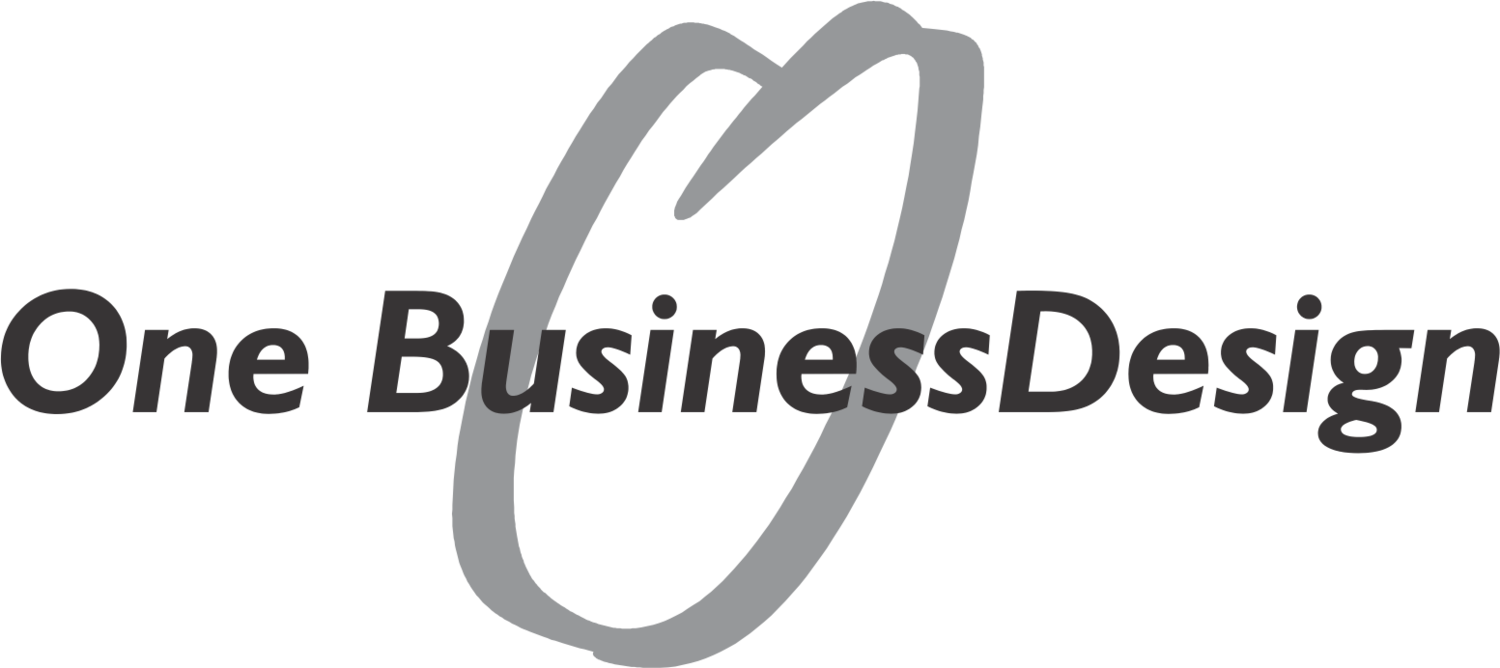Since 2008, the Business Model Canvas (BMC), developed by Alexander Osterwalder, has been an easily accessible tool to help visualize the complexity of a business model on one sheet of paper. This tool works well for both startup companies as well as large corporations who are developing an offering that requires a new and/or different business model from what they have used in the past.
Below is an example of the BMC template:
After completing, the BMC process to both catalog what you know as well as iterate what might be possible to do, the results would typically look like this:
How do you use this one page visualization of your business model to recognize what are the most important areas to concentrate on? I use a technique I have termed Visual Risk Assessment.
Steps of the Visual Risk Assessment method:
1) Completion
Once the BMC has been built, I return to each item and ask the following question:
Is this item completed?
If the answer is yes, I change the post-it color, in this case to blue. By doing this, we can see what is completed and what still needs to be done, as seen below:
2) Control
The next step would be to review the items that still need to be completed and ask the following question:
Do you control this item or does it require a third person to agree in order for it to happen?
If the answer is “we control it”, the post-it note remains its original color. If the answer is “a third party must agree in order for this to happen”, I change the post-it to a different color. Control can often seem subjective. Having different people from different departments in the room generates different perspectives but a more realistic view of the complexity of “control”. The BMC appears as follows:
3) Risk Level
The next step is to determine if the third party control is high risk or low risk and mark the post it accordingly. In many cases, a person from one department will think something is low risk but someone from another department will be able to articulate a valid reason why it is high risk, and vice versa. Sometimes this is the first time that different groups within the company have looked at issues together.
Here is an example of where a company has a real problem with risk in their business model:
In this case, there is a very high risk in the Revenue Streams area. Not only is most of it out of the company’s control but each item is a high risk. This company would need to immediately focus on revenue streams in order to either lower the risk or find new revenue streams that are less risky. The BMC would appear as follows:
Now the company has not only a visualization of their business model but an understanding of what needs to be prioritized and what risks needs to be mitigated.
In conclusion, I have worked with the BMC on many occasions. When I first worked with the BMC, I had a sense of déjà vu from my early days of using brainstorming in the mid-1990s. During that era, a brainstorming session would end with a room full of post-it notes but there was never an exercise to translate all these ideas down to actionable solutions. Since that time, we have developed tools to converge all these ideas back down to something useful (you will see one new tool in my next Tools & Methods blog post).
© 2015 One BusinessDesign, LLC






